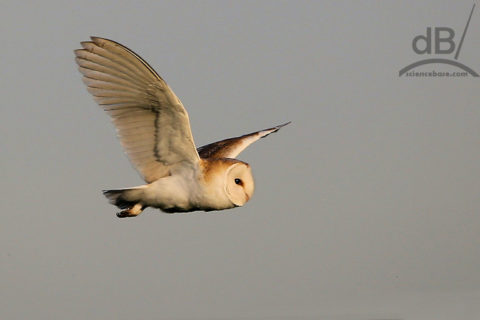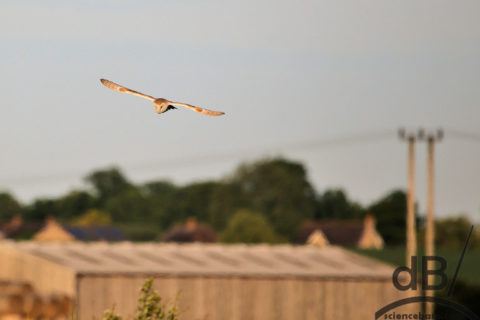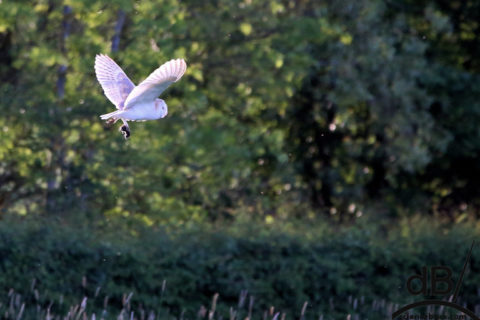Walking the dog at dusk out on the Cambridgeshire fens mid-May, lots of swallows around, meadow pipits, yellowhammers, the inevitable wood pigeons, collared doves, starlings and blackbirds, a few LBJs (little brown jobs), chaffinch, house martins, robins, (barely glimpsed, but certain) goldcrests and more. Heading along the lode thought I saw a little egret out of the corner of my eye, but turned to see a beautiful barn owl (Tyto alba) in the lowering sun circle the fields, hunting small mammals, worrying the skylarks on their nests.



Barn owls are well known as silent fliers. Their wings are huge compared to their body size and mass, they are also curved. Both characteristics are evolutionary adaptations to their hunting technique. They can move very slowly with barely a flap even in the lightest of updrafts almost hovering over prey they have sighted. But, it is the structure of the feathers which makes them much quieter than other raptors allowing them to hear prey without the background noise of their own wings.
The barn owl’s wing feathers are soft which smooths airflow, reducing noisy turbulence. In addition, the leading edge of their foremost wing feather (the 10th primary) is fluted appearing to have tiny barbs (that have tiny barbs upon them) that break up the airflow hitting the wing and again reduce noisy turbulence.
It might be that the flutings raise the frequency (pitch) of the sound above that audible to prey and perhaps the owl too. Indeed, the owl’s silence does mean that it can hear its prey in the groundcover whereas other noisier raptors need to rely almost entirely on their sight (viz, the kestrel hovering high above likely targets).
Nice BBC program showing pigeon, peregrine, and barn owl in flight. The sounds they do or don’t make and the turbulence their wings do or don’t generate. It’s worth noting that pigeon wing flaps are thought to be a communication device too. Peregrines stoop on their prey so quickly and aren’t flapping when they do so any noise the make in normal flight doesn’t matter. Also, Barn Owls keep quiet not so that their prey don’t hear them, but so that they can hear their prey and home in on the tiniest rustle of blades of grass or the twitching of a rodent whisker.